LifeLine Pilots Emergency Mission
The phone next to my head snapped me out of deep winter slumber. It was 1:30 AM. The temperature outside was 17 degrees below zero. Whiskey Tango Foxtrot?!
Lifeline Pilots calling. “A boy and his parents need to be in Minneapolis STAT for a kidney transplant. Will you take the mission?”

“Of course,” I replied as I bolted out of bed grabbing my clothes and flight bag. As the fog in my brain cleared, I recalled that ages back, before Thanksgiving, Christmas and New Year’s, I volunteered for this, knowing that when the call came it would be an emergency.
The next twenty minutes were a mad but beautifully orchestrated dash. Lifeline Pilots called the airport to get my plane out of the hangar. They also filed a flight plan with the FAA. My usual call sign, N55RA, became L55RA – the “L” standing for Lifeguard. Meanwhile, I was racing for the airport, slowing at red lights to be certain there was no crossing traffic.
The patient and his parents were waiting when I arrived at Palwaukee. We loaded up, fired up, and were on our way. What a trip. Never having driven a fire truck or ambulance, I found it pretty heady hearing everyone, including airlines, step aside to expedite my trip.
Two hours after the phone rattled me out of hibernation we landed. The patient boarded the waiting ambulance at 3:30 AM .
In a rare turn of events, I learned that the operation didn’t happen. The available kidney was not a close enough match. Later that year he returned for a successful procedure.
Craft and Hobby Association
This year our annual trade show took me all the way to San Francisco. I always loved trips to the west coast and this one included a bunch of new experiences.
Planning
In San Francisco, unlike in most large cities, the only nearby airport is the big one: San Francisco International Airport (SFO). Think busy, expensive, miles of taxiing, and airliners spewing smelly jet fumes everywhere.
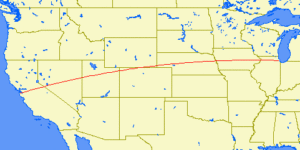
Route: Ironically, the most direct route to SFO is not a straight line. Contrary to what some might believe, the earth is not flat. A straight line from Palwaukee to San Francisco would require burrowing 175 miles underground. The shortest distance on the surface is called a great circle route and it looks like an arc when plotted on a flat map.
Fuel: Two stops were required. Not only did they need to be on the route, but their fuel prices were important. The difference could be a dollar a gallon or more – and I was buying 150 gallons at a time.
Weather: In 1991, the best national map was on the Weather Channel. I always tried to catch it when Marshall Seese, a third grade classmate of mine, was on the air. The ensuing call towas lengthy – I needed detailed information for the entire route and all the stops along the way.
The trip
Wanting the sun to be at my back for as much of the trip as possible, I got up at 4:00 AM to depart well before sunrise. Old Sol began peeking over the horizon about the time I crossed the Mississippi. Illinois and Iowa are widely believed to be flat. They’re almost that, but right at sunrise (or sunset) the ever so gentle contours of the rolling prairie are highlighted and the view is breathtaking.
When I landed in western Nebraska it was time for breakfast. The next leg would take me up to and across the Colorado Rockies. The morning sun highlighted every crest and canyon. Fresh snow had fallen the night before and a few morning skiers were already carving esses and figure eights through the powder.
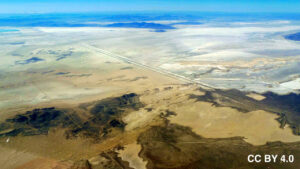
The last leg west from Salt Lake City was across the salt flats. The eerie chemical coloration is like an alien planet and leaves one feeling a flying saucer would be lifting off any minute. From there I flew over the Sierras and into the bay area.
The airport
In 1991, the two parallel runways used for landing were only 750 feet apart and planes often landed on both at the same time. The wingspan of the Boeing 747 off my right wingtip was about 250 feet. Getting cute, I waved to the pilot to reassure him that I was watching, .

Signature Aviation, theat SFO, was exceptionally well staffed and priced accordingly. Not only that, it was way off in a remote corner of the airport and they assessed hefty landing and ramp fees every time my wheels touched the ground. Sightseeing was going to be pricey. Although I was a bit ambivalent, these were valuable advertisers – and the view made it worth every penny.
The ride home was most notable for the tailwinds. At altitudes greater than 20,000 feet they run as high as a hundred mph. Often my ground speed was well over 350 mph. I loved this plane.
Trademark protection
Trademarks are precious properties, and, unless they are vigorously defended, can be lost. The first line of defense is knowing that an infringement might exist. Todd Parkhurst, a lifelong friend, flying buddy, and patent attorney, engaged a search service for just this purpose.
An enterprising woman in Reading, Pennsylvania had applied to to the U.S. patent office to register “Crafty Lady” for her catalog. We owned Crafts ‘n ThingsⓇ – notice the Ⓡ! At Todd’s suggestion we filed a protest – and that should have ended the issue.
But no! The woman was acting pro se – as her own counsel. The naive questions that should have been answered by her attorney, became formal queries to which we had to respond. In other words, I had to pay for her legal education – and she was tenacious, not bright!
Ultimately we had to fly to Reading, Pennsylvania to take her deposition. In high school, I loved watching Todd play the grandfather in “Best Foot Forward” but now I saw him in an entirely new role. He probed and probed, asking about things I couldn’t even imagine – and I was in the craft business.
Near the end of the process, he requested her sales and income tax returns. She didn’t have them. He required that she send them. We never heard from her again.
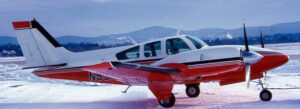
But on that trip, I did learn why the Red Baron was identified as N55RA. The original owner was Reading Alloys Metal in Reading, Pennsylvania.
Don’t forget the oranges
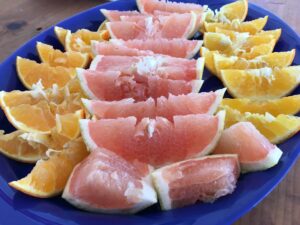
My parents lived in Merritt Island, Florida … on the Indian River … the home of a bazillion orange groves. The main route through the island is dotted with groves. Each had a small store where they proudly cut open oranges or grapefruit fresh from the tree. My mouth is watering as I write this.
Before every return flight, the last stop on my way to the airport was at Crisafulli Groves to pick up a couple bags and throw them in the back of the plane. Then for a month or more, Marie’s wake up call included a freshly squeezed glass of juice. What fun to be a hero first thing every day.
* * *
New types: None
New ratings: None
Total flying time to date: 1,349 hours
Questions or comments? Please leave a reply below. I’d love to hear from you.
Or contact me directly at grandpalylesnotebook@gmail.com
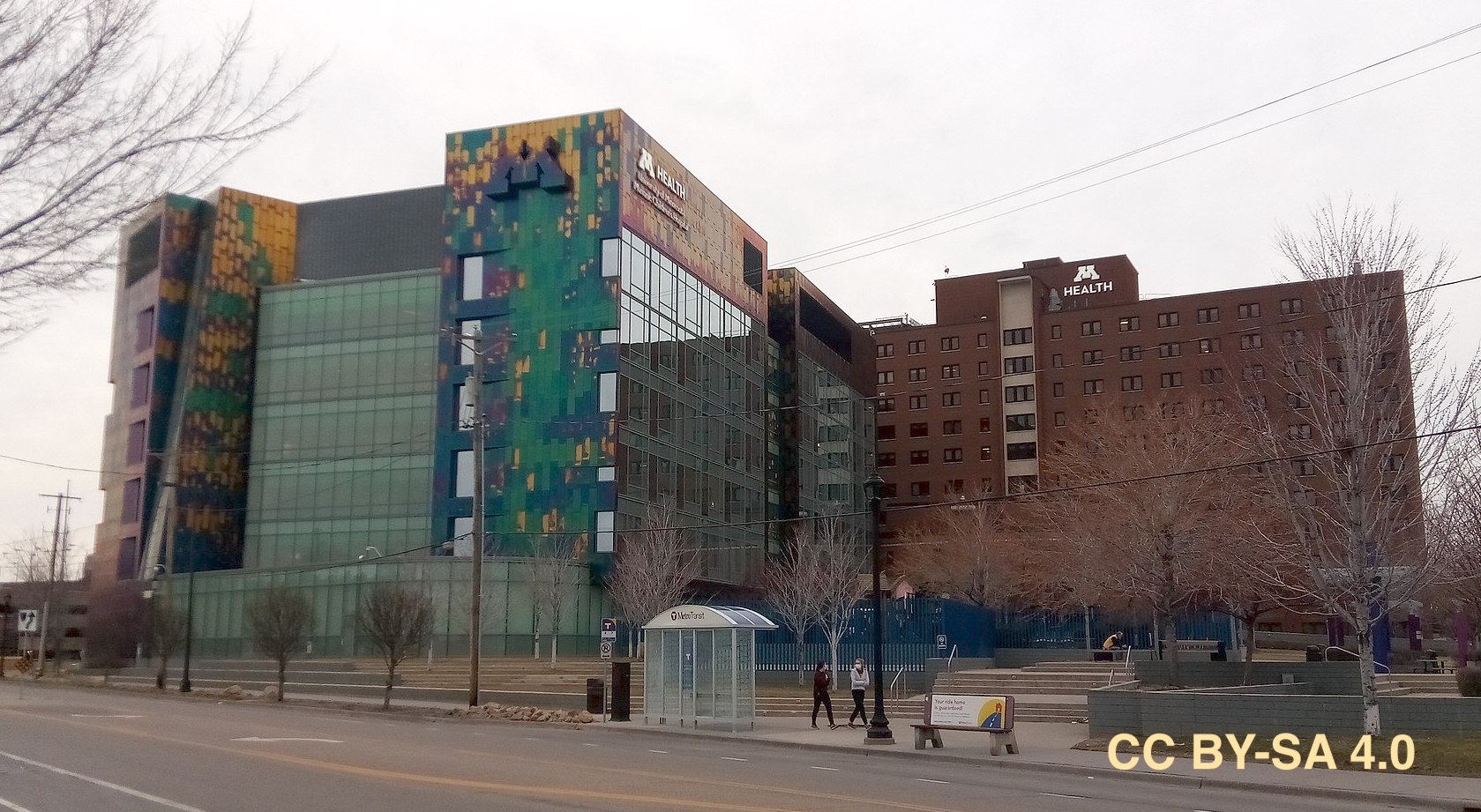
I love your “mission” story. Why do these things always happen at 3 AM instead of 3 PM?
True that. But oh-dark-hundred is so much more dramatic. 🙂
interesting and enjoyable read
thanks
Joyce
Thanks for another great story.